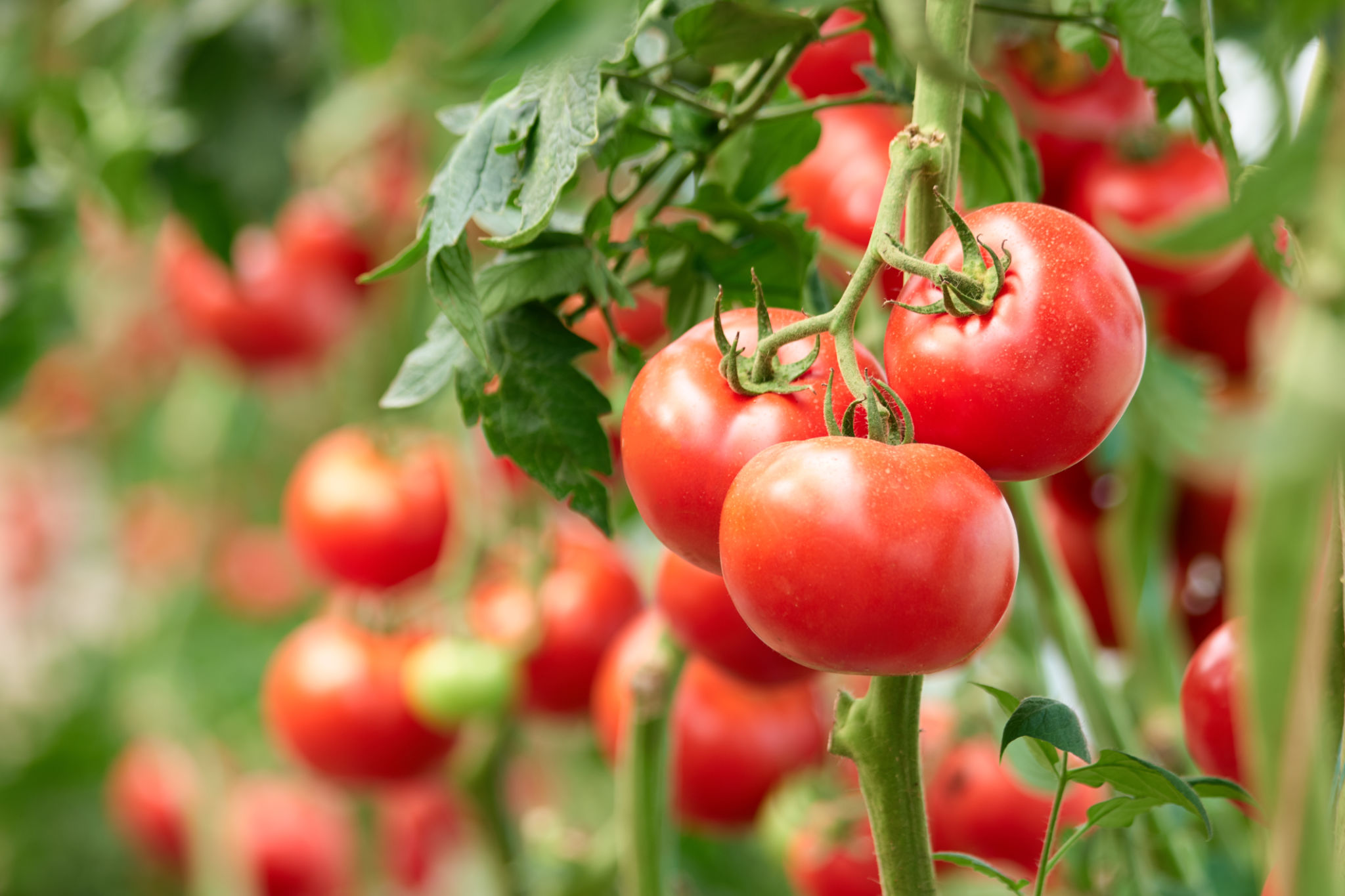Understanding the Tomato Paste Supply Chain: From Farm to Store in Nigeria
The Journey Begins: Tomato Farming in Nigeria
Tomato farming in Nigeria is a vital part of the country's agricultural sector. Farmers primarily grow tomatoes in the northern regions, where the climate and soil conditions are favorable. Tomatoes are typically planted during the dry season to maximize yield and quality. However, farmers face challenges such as inadequate irrigation systems and pest infestations that can affect productivity.

Once harvested, tomatoes are transported to processing facilities. This step is crucial as the timing of transportation can affect the quality and freshness of the tomatoes. Proper handling and logistics are essential to minimize spoilage during transit.
Processing: Turning Fresh Tomatoes into Paste
The transformation of fresh tomatoes into paste involves several stages. The first step is cleaning and sorting, where tomatoes are washed to remove dirt and debris. Sorting ensures only the finest tomatoes make it to the next stage, enhancing the quality of the final product.
Following this, tomatoes undergo crushing and pulping. The resulting pulp is then heated to eliminate bacteria and preserve the natural flavor. This process also involves reducing the water content, which concentrates the tomato paste's flavor and nutrients.

Packaging and Storage
After processing, tomato paste must be packaged correctly to maintain its quality. Packaging often involves the use of cans or sachets that protect the paste from air and light exposure, which can degrade its quality. Effective packaging also allows for easier transportation and extends shelf life.
Storage conditions play a crucial role in preserving tomato paste. Facilities must maintain a cool, dry environment to prevent spoilage. Proper storage ensures that the paste retains its rich flavor until it reaches the consumer.
Distribution: Getting Tomato Paste to Stores
The distribution phase involves transporting packaged tomato paste from processing plants to various retail outlets across Nigeria. Efficient distribution networks are essential for timely delivery, ensuring that stores remain stocked with fresh products.

Challenges such as poor road infrastructure and fluctuating fuel prices can impact the distribution process. Companies must strategize to overcome these hurdles, often relying on local partnerships to streamline distribution operations.
Reaching Consumers
Once in stores, tomato paste is marketed to consumers through various channels. Retailers often use promotions and discounts to attract buyers, emphasizing the paste's rich flavor and versatility in cooking.
Consumer education is also important, as it informs buyers about the benefits of choosing locally produced tomato paste. Highlighting the nutritional value and supporting local agriculture can influence purchasing decisions.
The Future of Tomato Paste Supply in Nigeria
The tomato paste supply chain in Nigeria holds significant potential for growth. By investing in better farming techniques and improving infrastructure, stakeholders can enhance efficiency and reduce waste.
Collaboration between government bodies, private investors, and local communities can drive innovation in the sector. This collaboration is vital for ensuring that Nigeria remains a competitive player in the global tomato paste market.